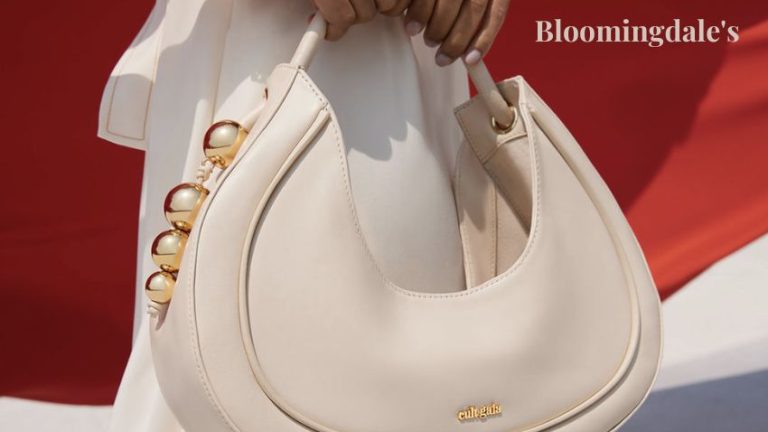
Introduction to Bloomingdale’s
Bloomingdale's is one of the most iconic luxury retailers in the world, known for its fashionable merchandise and high-end customer service. But did you know that Bloomingdale's started out as a small dressmaking business in New York City?
In 1872, brothers Joseph and Lyman Bloomingdale founded their eponymous store on the Upper East Side of Manhattan. Initially selling only women's clothing, the store quickly gained a reputation for quality and style.
Harry Bloomfield and the Early Days of Bloomingdale’s
In 1842, twenty-six year old Harry Bloomingdale arrived in New York City from his native England. He quickly found work in the bustling metropolis, first as a clerk in a small dry goods store and then as a salesmen for one of the city’s largest wholesale firms. It was during his time as a salesman that Harry began to develop his keen eye for fashion and style. In 1851, he opened his own small shop on Third Avenue between 60th and 61st Streets. The modest store, which he called “Berman’s Cash Bazaar,” sold an assortment of items including stationery, ribbons, gloves, and other trimmings.
Despite its humble beginnings, Berman’s Cash Bazaar soon became a go-to destination for the city’s fashionable elite. Harry’s natural ability to connect with people and his talent for finding just the right thing to suit each individual’s taste made him a favorite among his customers. In fact, many of his clients were so loyal that they followed him when he relocated the store to larger quarters on Sixth Avenue between 19th and 20th Streets in 1858.
How Bloomingdale’s Became a Luxury Retailer
In 1872, two brothers from a small town in New York founded Bloomingdale's, a store that would come to define luxury retail. The first Bloomingdale’s was a modest emporium selling ladies’ cloaks and millinery on the Upper East Side of Manhattan.
But the brothers, Lyman and Joseph Bloomingdale, had ambitions to turn their store into something much bigger. They began by expanding their product offerings to include dresses, home goods, and eventually menswear. They also started hosting fashion shows and other events to attract attention from the city’s well-to-do set.
The Evolution of Fashion at Bloomingdale’s
Bloomingdale's has come a long way since its beginnings as a small dress shop in New York City. Today, it is one of the most iconic luxury retailers in the world. But how did it get there?
It all started with Lyman G. Bloomingdale, who opened his first store on Third Avenue in 1872. At the time, fashion was very different than it is today. Women's clothes were much more restrictive, and there was a strict code of conduct for what one could wear in public.
The Impacts of Technology on Shopping at Bloomingdale’s
Technology has transformed the way we shop, and Bloomingdale's has been at the forefront of this change. By harnessing the power of technology, they have been able to offer a more personalized shopping experience that is tailored to each customer's individual needs.
Bloomingdale's was one of the first retailers to adopt RFID tags, which allows them to track inventory in real-time and ensure that products are always in stock. This has made it easier for customers to find what they're looking for, and has helped reduce wait times at the checkout.
Today's Experiences at Bloomingdale's
In today's Bloomingdale's, shoppers can find a mix of high-end designer labels and more affordable contemporary brands. The store has something for everyone, whether they're looking for a new outfit for a special occasion or just some everyday pieces to update their wardrobe. The sales staff is attentive and helpful, and they're always happy to provide styling advice. The dressing rooms are spacious and well-lit, making it easy to try on different looks. And of course, the store's signature brown bags are the perfect finishing touch to any purchase.
Conclusion
Bloomingdale's has come a long way from its humble beginnings as a dressmaker in New York City. Today, it’s an iconic global luxury retail brand that continues to set the trend for fashion and style. The company has stood the test of time and continues to be both innovative and successful. From humble beginnings to world-renowned retail destination, Bloomingdale's is an unforgettable journey through history that is sure to inspire us all!




